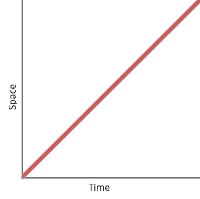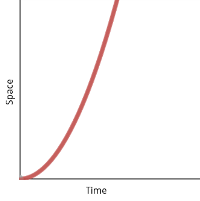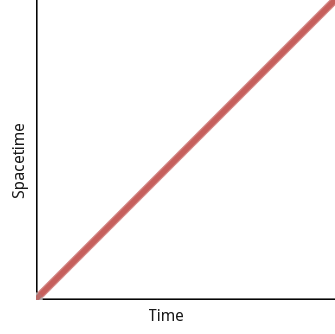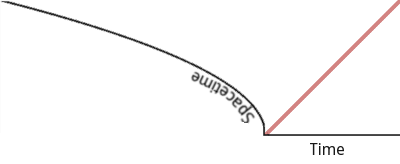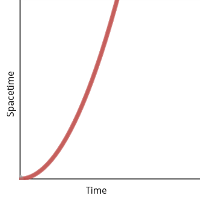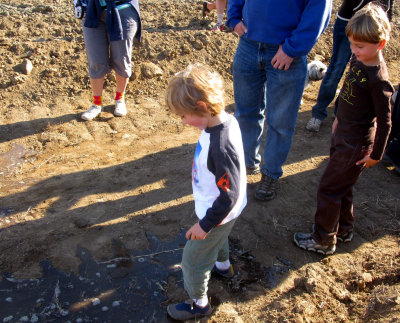Now it’s #trypod month, when lots of podcasts are imploring listeners to spread the word about which podcasts to listen to and how to find them, for those who aren’t yet indoctrinated. So here’s an annotated list of my current subscriptions. For the record, I listen to these shows using the BeyondPod Android app on my phone.
- The “Do the Math” Puzzler
- Short-and-sweet math puzzles by my good friend Wes Carroll, each at just the right difficulty level — I can just manage to do most of them without pencil and paper, if I push myself — and with an elegant solution presented clearly and edifyingly in the following episode.
- Dan Carlin’s Hardcore History
- History, in-depth and amazingly told. Carlin’s episodes appear only seldom, and when they do they are hours long apiece — and even so, they go by too fast. Of special note is his magisterial six-part series on World War I, “Blueprint For Armageddon” (at this writing, still available for free). It adds up to nearly a full day of listening but not only does it never gets boring, it’s full of drama and suspense and leaves you wanting more.
- This American Life
- The éminence grise of excellently told miscellaneous radio stories.
- Fresh Air
- The éminence grise of interviews with celebrities, politicians, and other newsmakers.
- Planet Money
- Topics in economics made accessible and fun. Not quite as indispensable as it was during the financial crisis.
- Radiolab
- Superb storytelling on fascinating topics in science.
- 99% Invisible
- Vignettes about design from Roman Mars, the brains behind the Radiotopia podcasting empire.
- Scriptnotes
- Two veteran Hollywood screenwriters with a terrific bantering dynamic discuss screenwriting and things that are interesting to screenwriters, and also to anyone who loves the nuts and bolts of storytelling and filmmaking. This is the one I look forward to most each week.
- the memory palace
- Small, true stories of the nearly forgotten past, each related as an impressionistic reverie.
- The Moth
- Podcast of the live-storytelling-show phenomenon.
- StartUp
- Podcast about getting businesses off the ground. The first season concerned the launch of Gimlet Media, the very company producing the StartUp podcast.
- Serial
- Podcasts had been around for quite a while before Serial, but Serial put podcasting on the map. Its format – a season-long deep-dive into a single news story – became a national phenomenon.
- Radiolab Presents: More Perfect
- Side project from the Radiolab team (see above) telling surprising stories from the history of the U.S. Supreme Court.
- The Truth
- Each episode is a short radio drama. Some are silly, some are disturbing, many will stick with you.
- Slate’s Working
- Each episode is an interview with a person in a different profession, examining what working in that profession is like.
- My Dad Wrote a Porno
-
When one guy learned his dad had written a series of truly cringeworthy erotic novels, he did the obvious thing: got together with his two hilarious friends and recorded a podcast. In each episode he reads another chapter to them, and us, from the series, while the friends provide MST3K-like commentary. Very NSFW, but not what you’d call arousing.
This podcast is apparently all the rage in Hollywood, and the more recent episodes have featured guest appearances by celebrities like Daisy Ridley and Elijah Wood.
- Welcome to Night Vale
- I’ve heard this hilarious podcast described, accurately, as “Stephen King meets A Prairie Home Companion.”
- The Allusionist
- Helen Zaltzman, of the long-running Answer Me This podcast (see below), hosts this one too on the topic of words and etymologies. Her persona on this show is toned down somewhat from Answer Me This, but still quite funny.
- You Must Remember This
- Juicy and well-researched stories from “the secret and/or forgotten histories of Hollywood’s first century.”
- Ask Me Another
- NPR’s comic trivia-puzzle game show hosted by Ophira Eisenberg and nerd-music god Jonathan Coulton.
- Revisionist History
- Malcolm Gladwell’s podcast miniseries about well-known news stories of the past, and the surprising turns they took after everyone stopped paying attention.
- Hidden Brain
- NPR’s social science reporter Shankar Vedantam does Radiolab-style deep dives into topics on human behavior.
- Getting In
- Now-concluded, highly informative podcast about the college admissions process hosted by Julie Lythcott-Haims, the former dean of freshmen at Stanford University.
- Within the Wires
- Serialized scripted mystery/thriller from a creator of “Welcome to Night Vale.”
- Answer Me This
- Long-running British podcast whose hilarious (and often dirty-minded) hosts answer questions of all sorts posed by listeners.
- Homecoming
- Serialized scripted thriller featuring big-name acting talent.
- Crimetown
- The saga of organized crime in Providence, Rhode Island in the 1970’s.
- The Gist
- Rapid-fire thinker and talker Mike Pesca hosts a daily discussion of topics in the news, plus interviews.
- How To Be Amazing
- Actor and comedian Michael Ian Black hosts his own interview show featuring fellow actors, artists, writers, musicians, and more.
